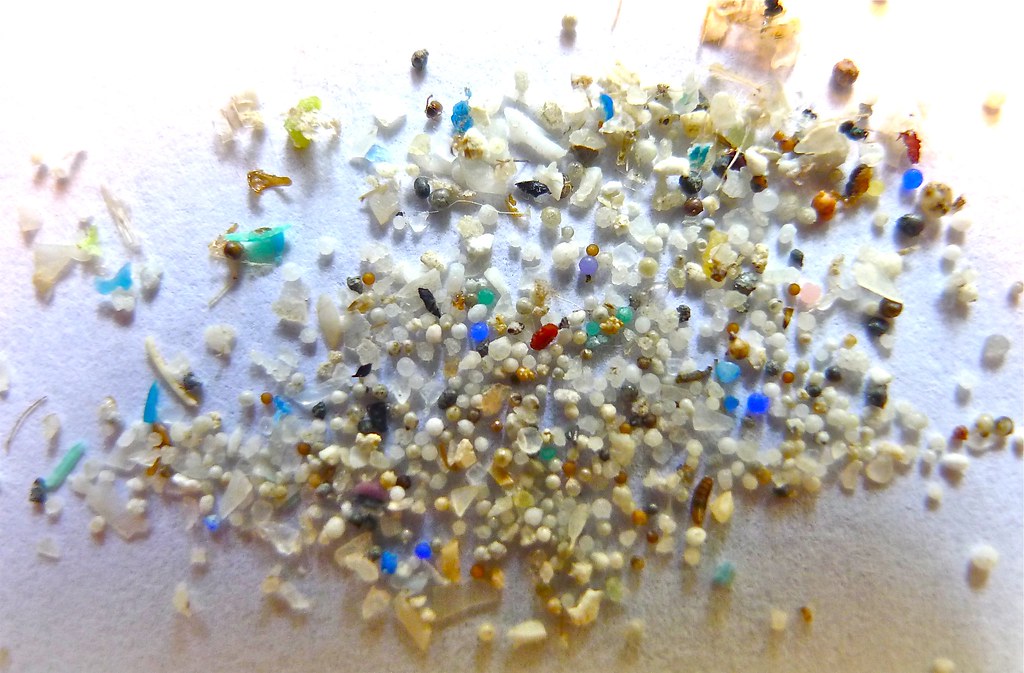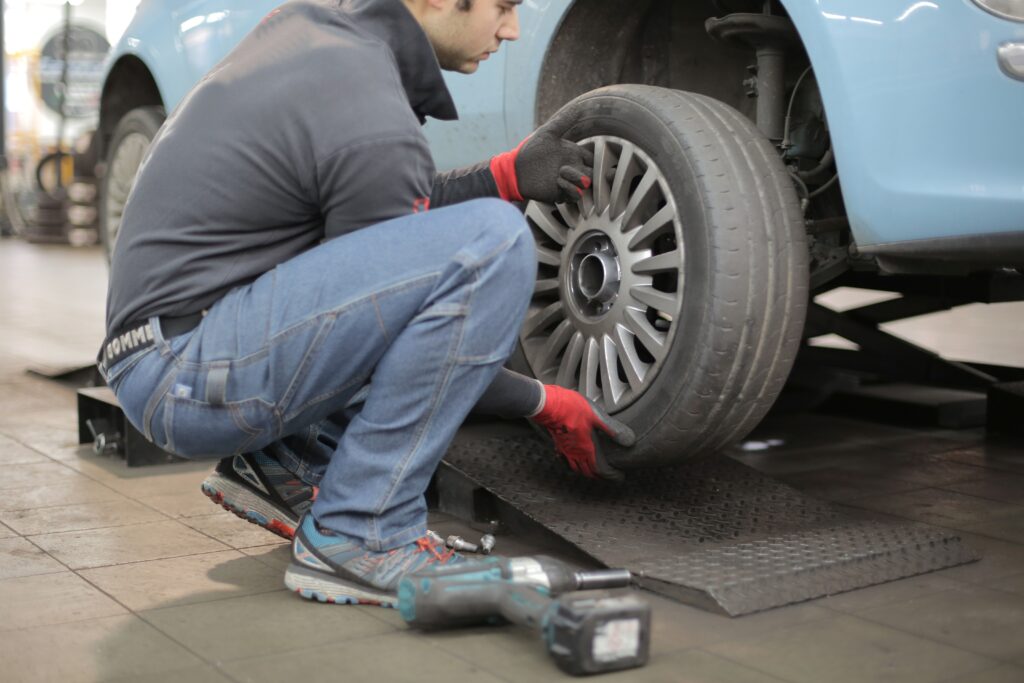Numerous recent studies point to microplastics being much more dangerous to human and environmental health than previously thought, while it is calculated that by 2030, UK tyre wear will have accounted for up to 350,000 tonnes of ocean microplastics alone.
Considered as the litter that never goes away, microplastics have been identified by a number of studies as being an invisible pollution durable enough to cycle from land, to sea, to air, and back again.
Fibres and fragments in the air can re-enter the atmosphere, even if they have already settled on land or water, a study published in the Proceedings of the National Academy of Science discovered.
The study found that 84 per cent of microscopic shards originate from road dust, while 11 per cent comes from atmospheric sea spray, and 5 per cent is derived from agricultural soil dust.
Researchers concluded that the sea spray produces microplastic pollution due to oceanic action grinding plastic waste into micron-size particles, which the wind then moves into the atmosphere.
Resultingly, although Antarctica contributes zero microplastic emissions, it is still polluted by microplastics.
Professor Natalie Mahowald, lead author of the study, commented: ‘We found a lot of legacy plastic pollution everywhere we looked; it travels in the atmosphere and it deposits all over the world.
‘This plastic is not new from this year. It’s from what we have already dumped into the environment over several decades.’

Meanwhile, by 2030 UK tyre wear will account for 350,000 tonnes of ocean microplastics, rising to 850,000 by 2050, a new analysis by Suez on Invisible Ocean Pollutants from our Road has shown.
On average, it was found that we produce a total of 63,000 tonnes per year of tyre wear particles, which could soon significantly increase due to the trend of commuting in personal vehicles, rather than opting for public transport.
The study concluded that moving away from oil-based plastics and towards plant-based plastics will lessen the impact, and even noted that some manufacturers are already considering dandelion and rice husk derived plastics to reinforce rubber tyres.
John Scanlon, CEO of Suez recycling and recovery UK, commented: ‘Understanding how tyre wear particles contribute to microplastics in our built environment is the first step in the journey to reducing microplastics in our natural environment and global food chain.’





2 thoughts on “Microplastics not a micro problem: Polluting our land, air and oceans”
Comments are closed.